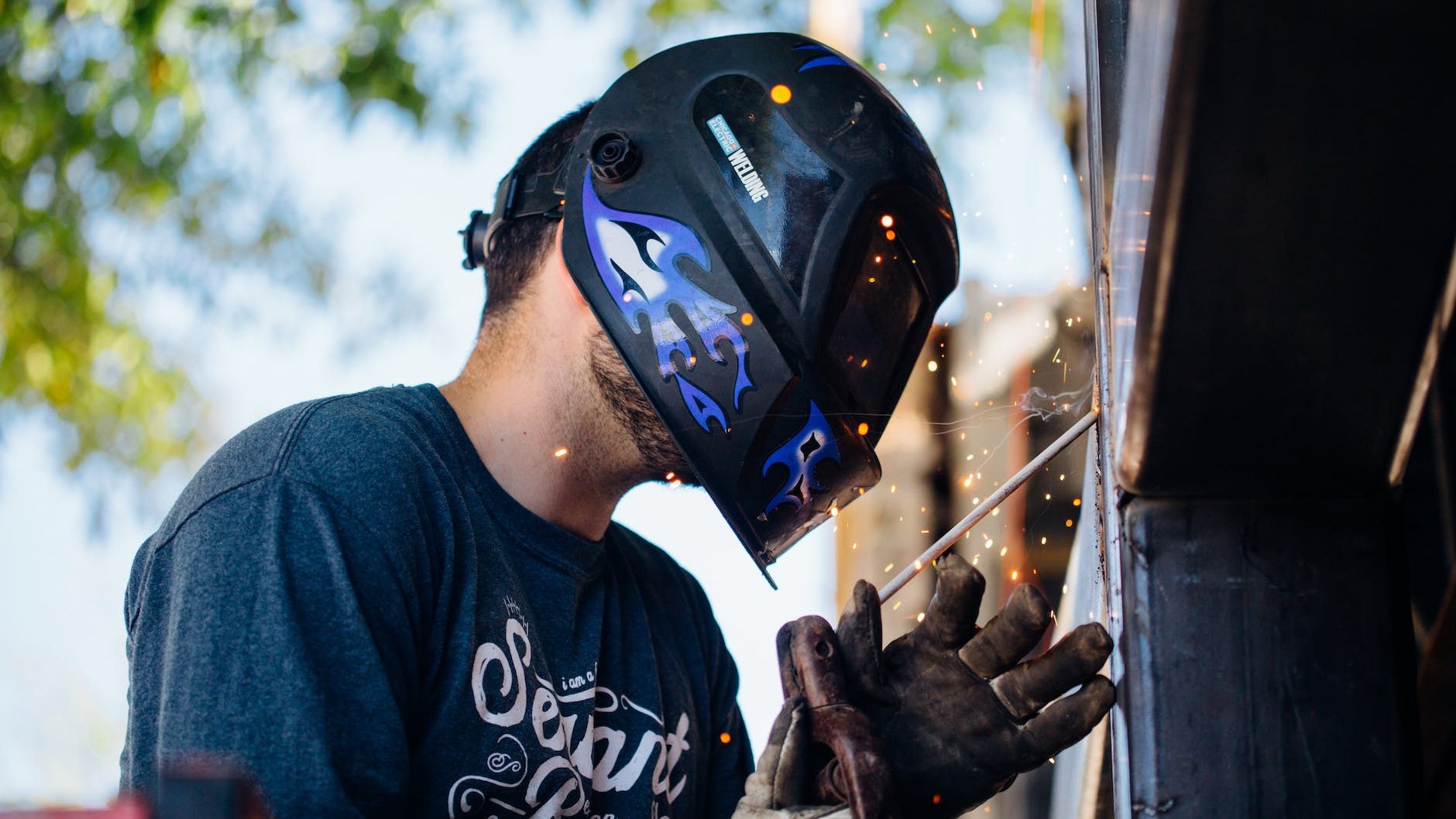
Discover the incredible history and impact of welding, from ancient times to modern-day industries. Here are the top 10 fascinating facts about welding that will surprise and intrigue you.
- 1. Welding's Deep Roots in History
- 2. The Ubiquity of Welding in Modern Life
- 3. The First Industrial Robot was a Welder
- 4. Ultrasonic Welding: Pioneering Plastic Vehicle Production
- 5. Welding in Outer Space
- 6. Wet and Dry Welding: Techniques for Different Environments
- 7. Deep-Sea Welding Records
- 8. Explosion Welding: Fusing Incompatible Materials
- 9. The Fume Plume Phenomenon
- 10. Welding: A Skill in High Demand
1. Welding’s Deep Roots in History
Believe it or not, welding has been around since the Bronze Age. While the techniques and equipment have evolved over time, the concept of joining metal pieces together has persisted for millennia. The ancient Egyptians, for example, used welding techniques in the construction of their pyramids. Hieroglyphs depicting welders at work have been discovered in numerous archaeological sites.
2. The Ubiquity of Welding in Modern Life
Welding plays a crucial role in the production of over half of all man-made products. Industries ranging from automotive and construction to electronics and aerospace all rely on welding technologies to create and maintain the essential infrastructure and products that shape our world.
3. The First Industrial Robot was a Welder
In 1961, General Motors introduced the Unimate, the first functional industrial robot designed for spot welding. This single-armed, two-ton behemoth transformed the automotive industry, performing intricate welding tasks with precision and efficiency through the use of step-by-step commands stored on a magnetic drum.
4. Ultrasonic Welding: Pioneering Plastic Vehicle Production
Ultrasonic welding, which employs high-frequency waves to generate heat and fuse materials together, made the production of the first plastic-bodied car possible. While plastic vehicles didn’t endure, ultrasonic welding continues to be widely used across various industries, including automotive, electronics, and medical.
5. Welding in Outer Space
In 1969, welding took to the stars with the first space-based welding experiments. The unique environment of outer space enables a process called cold welding, where metal pieces automatically bond due to the absence of oxidation. Today, welding is an essential skill for astronauts maintaining the International Space Station.
6. Wet and Dry Welding: Techniques for Different Environments
Wet welding is performed directly in water, while dry welding is carried out in sheltered or dry environments. While most welding occurs in dry environments, underwater welding remains an essential skill for specialized applications, such as underwater repairs or deep-sea oil rig maintenance.
7. Deep-Sea Welding Records
In 2005, the U.S. Navy set the record for the deepest wet weld at 2,000 feet below sea level. Meanwhile, Global Industries set the record for the deepest dry weld in 1990 at 1,075 feet below sea level.
8. Explosion Welding: Fusing Incompatible Materials
Explosion welding uses controlled explosions to bond metals together without compromising their inherent properties. This unique technique is particularly useful for joining incompatible metals or combining metals with non-metallic materials.
9. The Fume Plume Phenomenon
“Fume plume” is the term used to describe the column of smoke that rises from the point where welded metals meet. During the welding process, heat and sparks can reach temperatures of up to 5,000 degrees Fahrenheit, generating the fume plume.
10. Welding: A Skill in High Demand
Given its prevalence across countless industries, welding remains a highly sought-after skill. Highly skilled welders can command impressive salaries, with some earning six-figure incomes without the need for a college degree.
Welding has a long and fascinating history, and its importance continues to grow in our increasingly interconnected and technologically advanced world. With a wealth of welding information readily available, from books and articles to experienced professionals, there’s always something new and exciting to learn in the world of welding.
